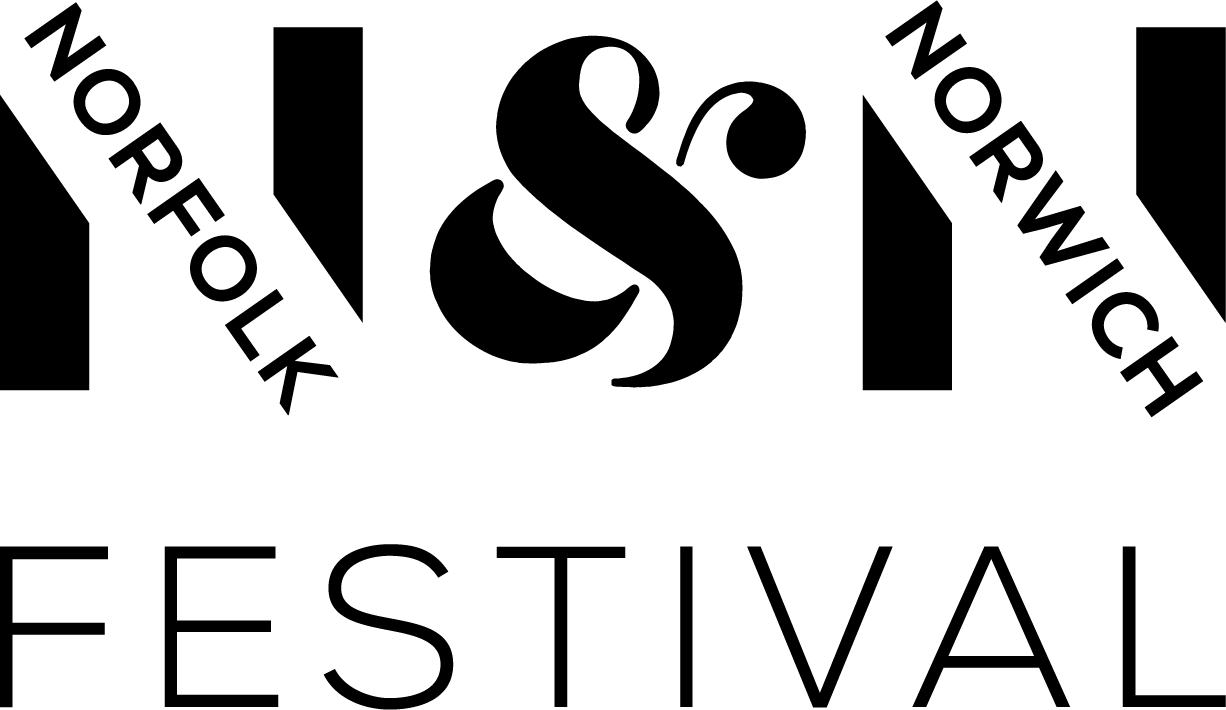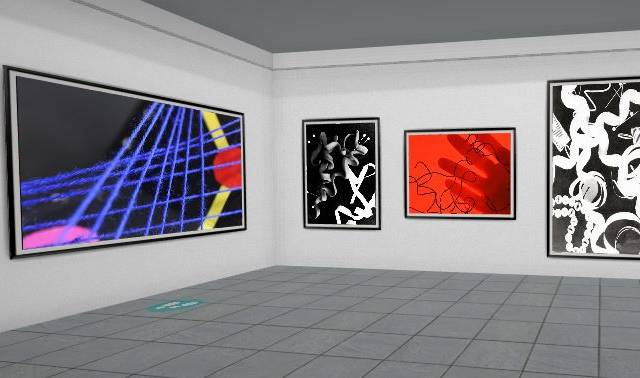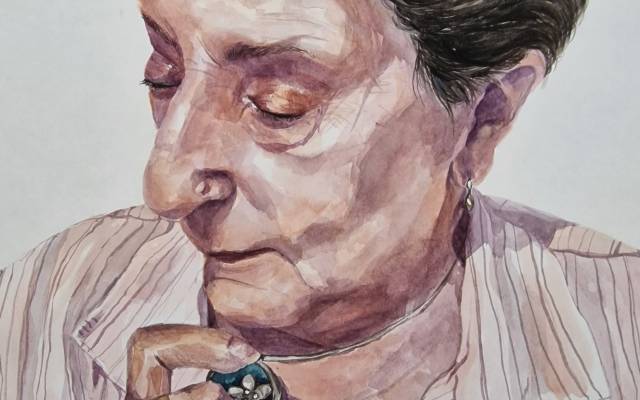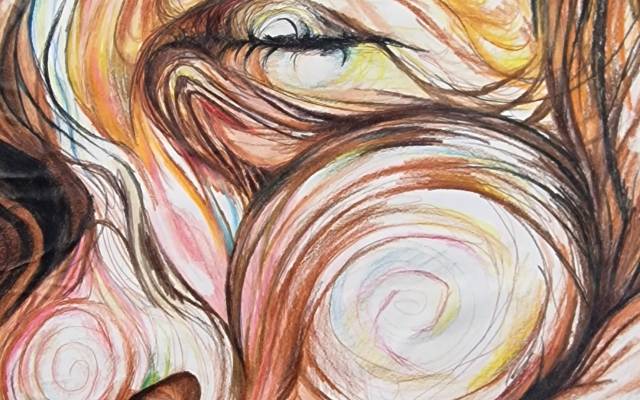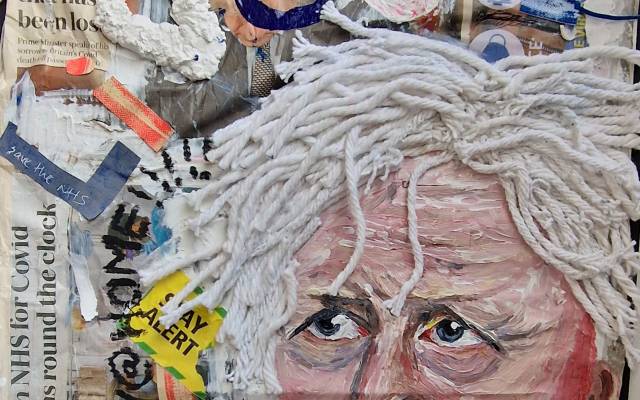Artsmark Celebration Week
Interview with Two Platinum Awarded Schools: Thomas Gainsborough School and Soham Village College
Abi Marrison, Education Programme Manager at Festival Bridge, interviews Edward Clark, Assistant Headteacher (TGS) and Anna Harvey, Director of Art & Design, Technology and Teacher Development (SVC).
Abi: Congratulations on your platinum awards! There are only a small percentage nationally who achieve Artsmark Platinum. As you couldn’t possibly answer all the ways you achieved this standard, let’s begin with: how are you advocating for arts and culture beyond your setting and how do you know you have had an impact?
Ed: The pandemic has made it very challenging to be outward-looking. The biggest thing we have focused on was using our existing systems and networks, so students don’t miss out. The move to online included virtual Shakespeare workshops, online gallery tours, and virtual workshops with a local media company ‘Off-shoot films’. For other settings, we coordinated a trust-wide [31 settings] performing and visual art exhibition and professional development day. We gathered a lot of performing arts recordings, visual art, and prints into an online gallery and did virtual workshops, which our different trust settings access. We try to innovate to avoid any loss of opportunity or experience.
Anna: I can identify with that challenge too. Our students get great arts and cultural experiences, but that’s not always true for other local schools as there are not many cultural opportunities in Fenland.
Abi: So where rurality or lack of infrastructure is an issue, how do you overcome this?
Anna: Our Ambition was to become a cultural hub for the community. We planned to run Arts Awards for local primary schools so that pupils could achieve the ‘Discover’ Arts Award. When COVID hit we had to think of ways to continue provision with our students and continue outreach for other schools. With local primaries, we did art, drama, and design & technology as well as hour-long and all-day zooms, and online exhibitions. Working in partnership with Babylon Arts and Festival Bridge, students made career videos [contributing to the creation of Creative Briefs and invited students from local secondary schools to career events. We produced a website showcasing this visual art for our students and for other primary school teachers we created ready-made art lessons, demonstrating using clay and monoprinting. We knew we were having an impact from hearing from teachers who had never used the materials before, and now had the confidence to teach these skills.
Abi: Asking about provision within your own setting now, how did you adapt to online?
Anna: Well we always deliver Arts Award Bronze with our Year 8 pupil premium pupils, so we worked with the Fitzwilliam Museum to take this online. Using zoom, we delivered over 10 separate sessions to explore artifacts from their collection.
Abi: It’s great you maintained the delivery of your Arts Awards, and still made visits to museums possible despite them being closed to physical visitors. How about you, Ed?
Ed: We created a Performing Arts showcase reel comprising various shorter performances. Using YouTube, we broadcasted this to all tutor rooms in place of a school production.
Anna: We did that as well!
Abi: The use of digital was transformative for so many settings and created a whole area of work to support those without the same access. Were there any other surprises about how you adapted your provision?
Ed: In terms of the pastoral side, we are building in arts and culture by expanding the curriculum content. A way we do this is for 20 minutes every morning, 60 members of staff do ‘cultural touchstones’, where they discuss a theme or art form. A recent favourite for many has been War Horse, where we look at the puppetry in theatre, focusing on the creative elements on stage, how it relates to the film or book. The upper school ones are designed to be much more challenging in terms of debate, such as ‘should art be used as a form of resistance’ looking at Ai Weiwei, a protest artist. At the beginning, staff said they liked it but felt uncomfortable presenting it.
Anna: Did you find that once they had done it there was a shift and they enjoyed it?
Ed: Yes, although some said they wish they had done this growing up for their own cultural capital.
Abi: And what did your young people say?
Ed: We actively include pupil voice in what we do and give them belonging and ownership of their learning. Some students wanted a rock or rap music focus, so these were included in the design for the next set of sessions. Another example was whilst studying the design of the London Tube map, students in one tutor group decided to create a tube map for our school. Changes to our provision have changed people’s approach, we don’t see art in isolation; we talk about innovation, originality, and creativity.
Anna: Our provision extends the interest of our young people into extra-curricular. We run 40 clubs, including video games club, where pupils learn computer games and design concepts. We 9 have even had local experts visit via zoom to share ideas on designing characters and stories. These clubs are so important as they draw in pupils that are not the typical students engaging in arts and cultural activities and subjects.
Abi: How do you cater for everything, Anna?
Anna: There are so many ideas, one person couldn’t be responsible for coordinating it all as we want to say yes to everything. The senior leaders made the decision to appoint a cultural capital lead, and they have been recruited from an art teaching background. The value of arts and culture is held throughout our staff and leadership.
Abi: Thank you both. I am excited to hear what the next journey will bring
Images: Pupils’ artwork from Thomas Gainsborough School
